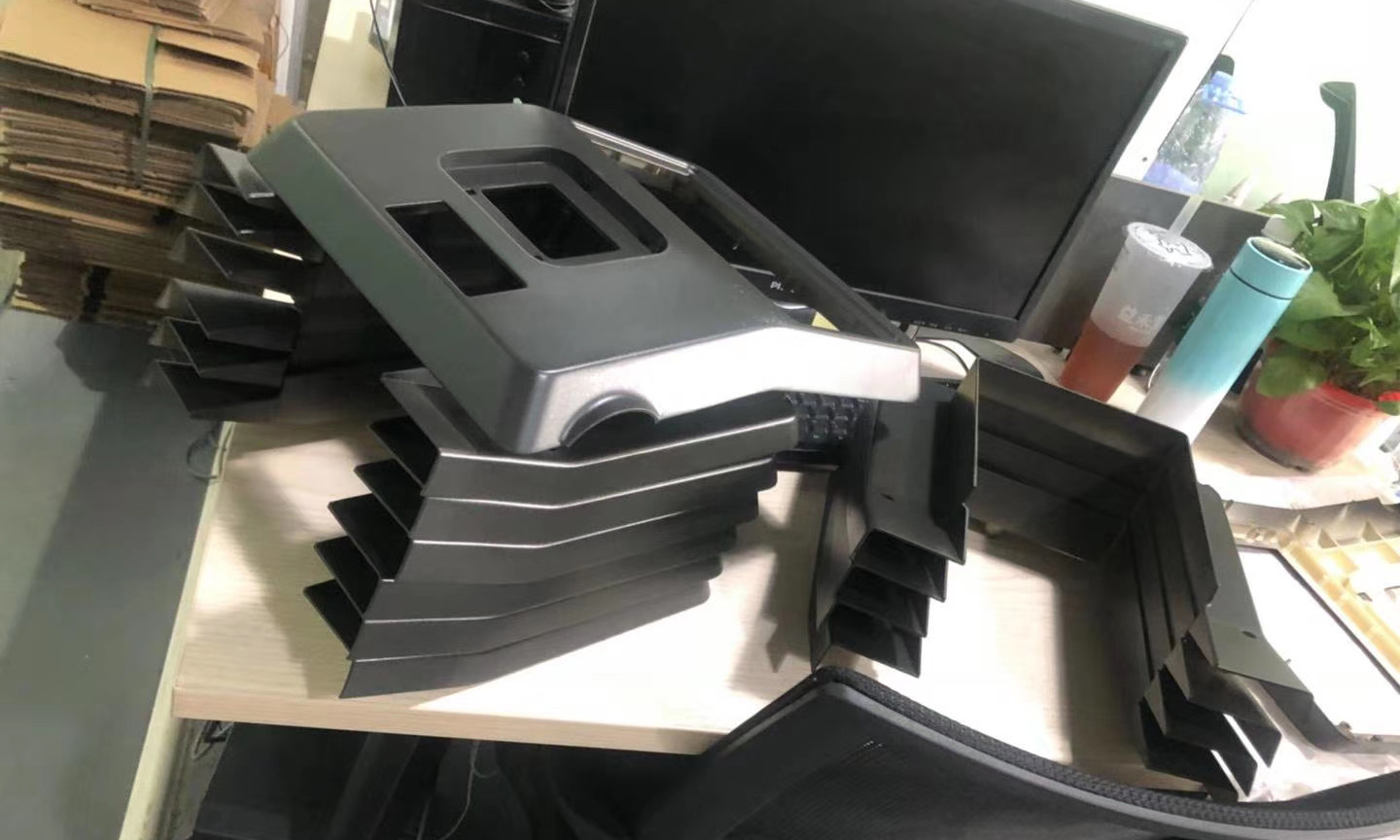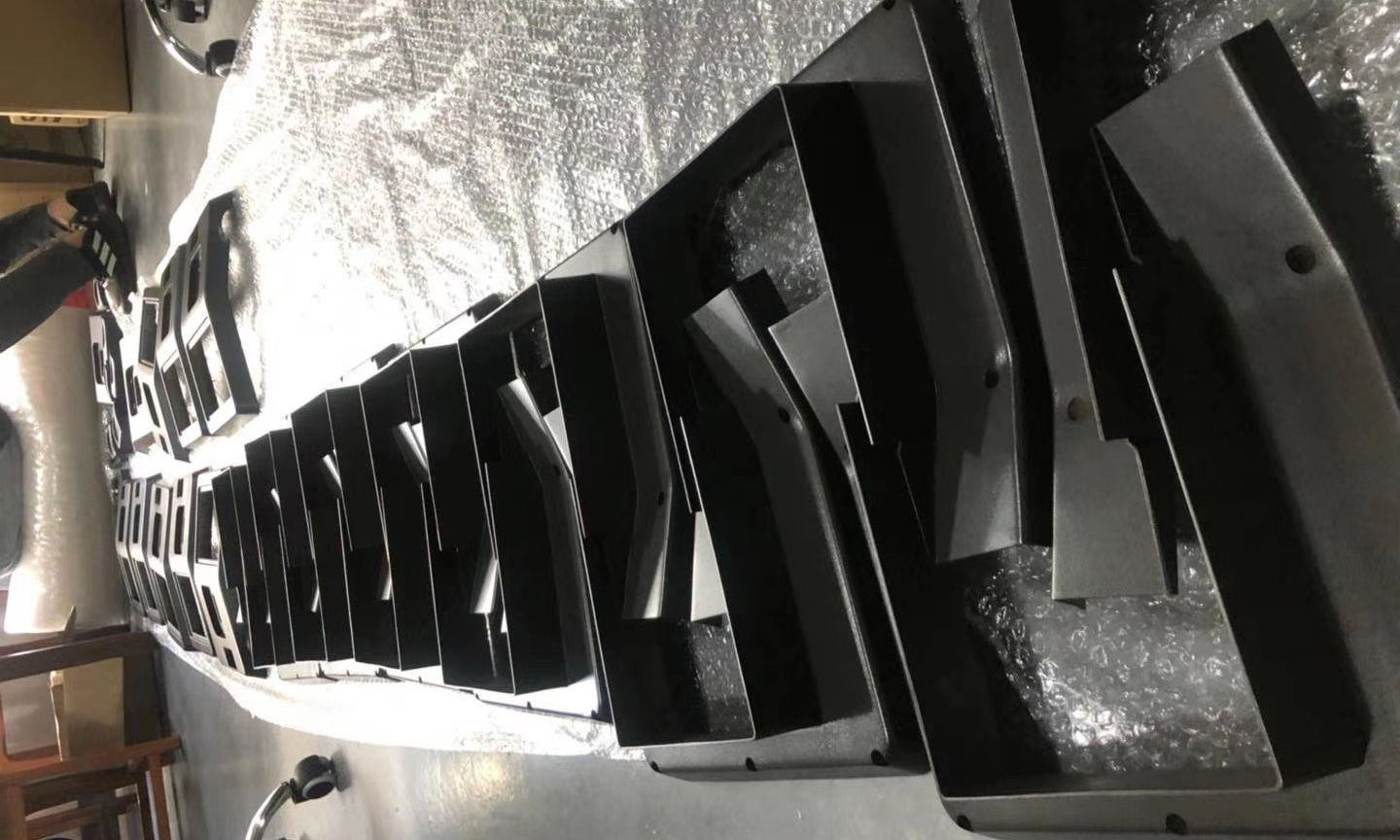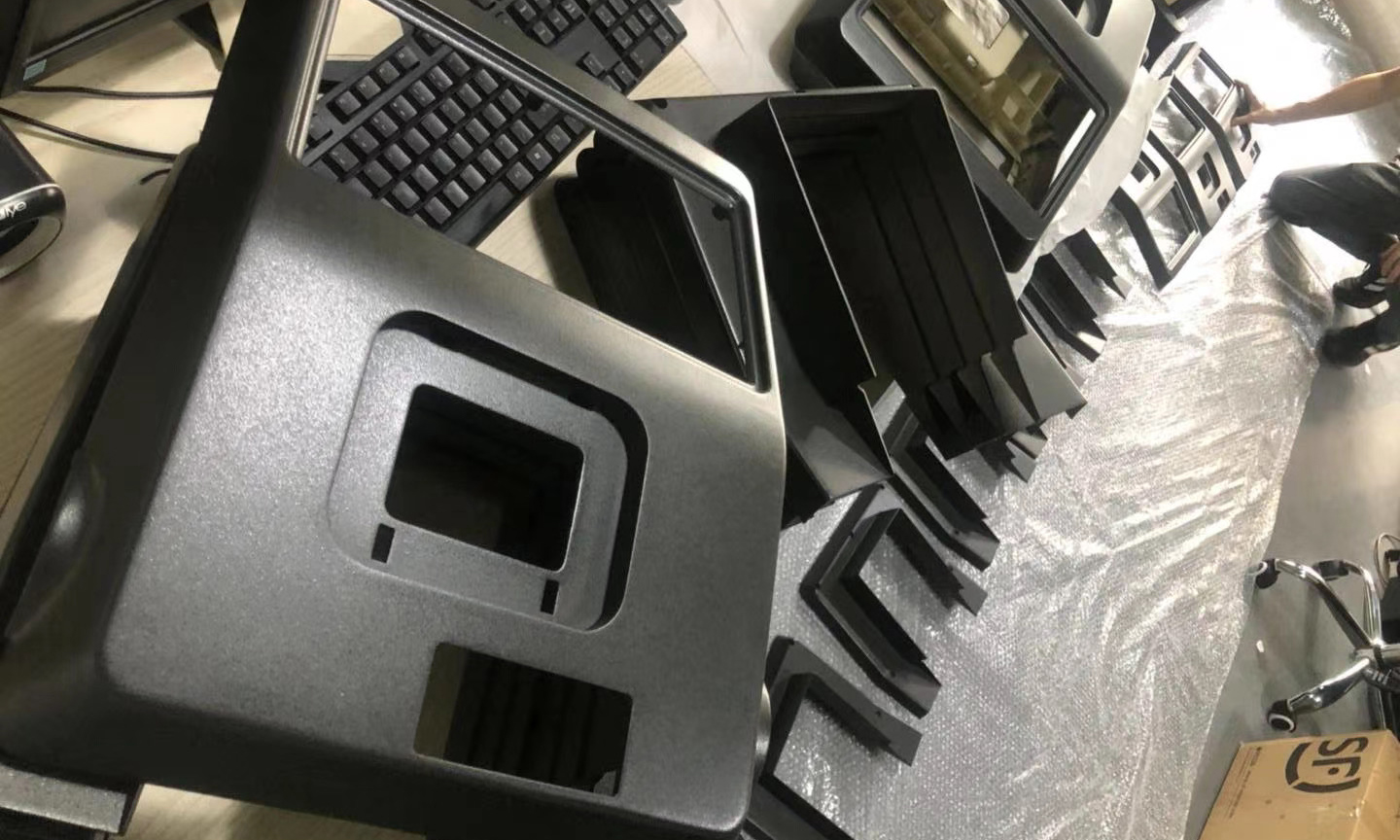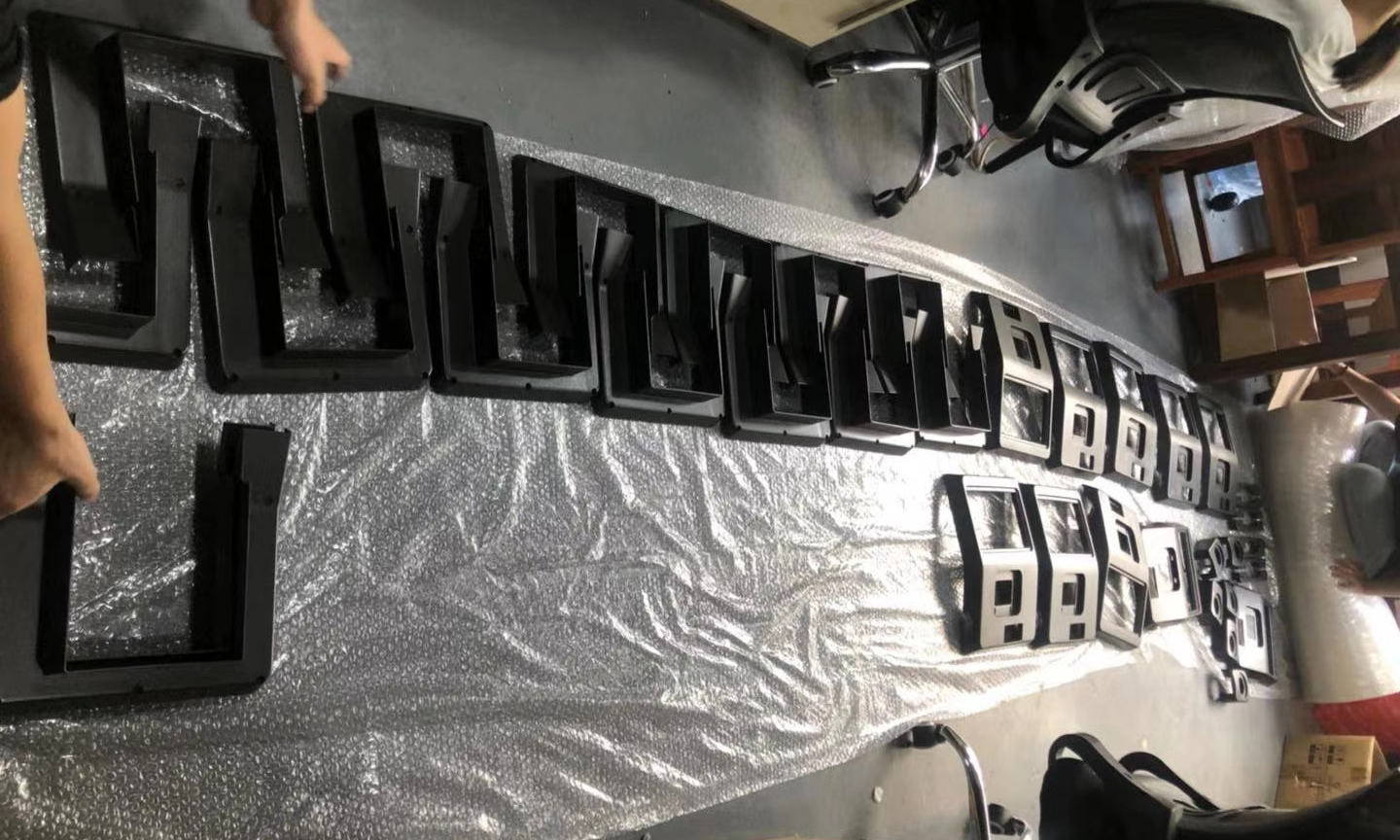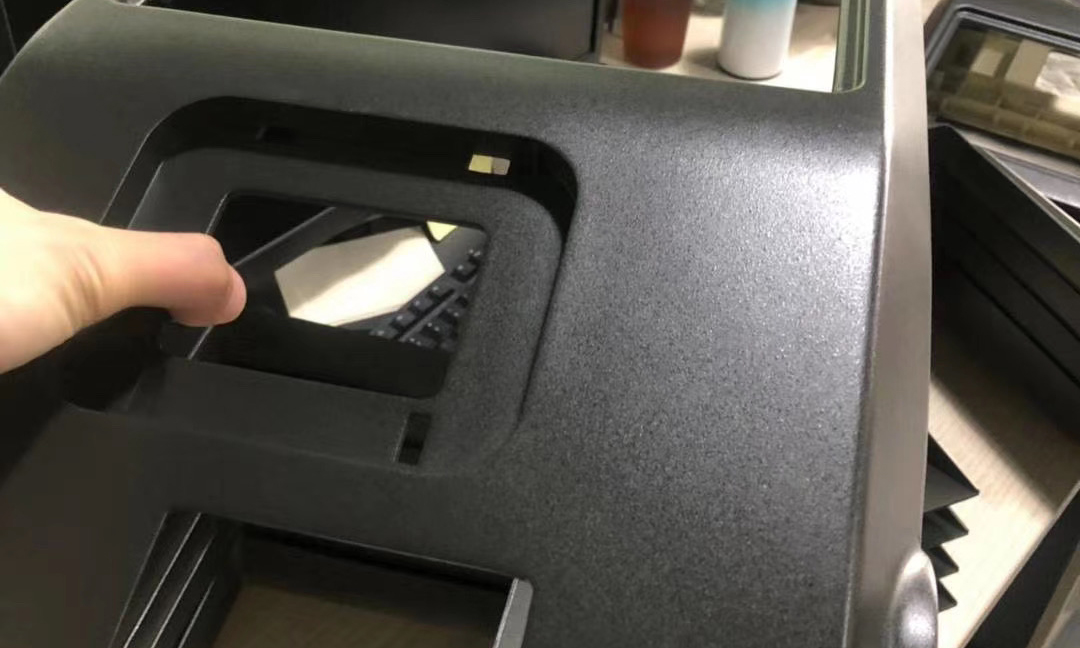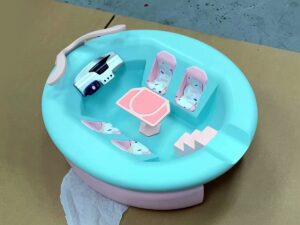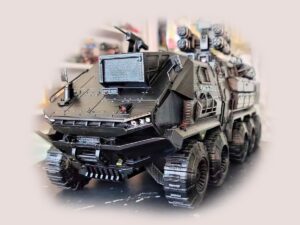Material Resin
Quantity 80 pcs
Price Range $1,000-5,000
Lead Time 5 workdays
Gallery
About Project
Urethane Casting is suitable to produce high-quality parts at low- to mid- volumes. Without the cost and time of hard tooling, urethane casting uses 3D printed master patterns and silicone molds. It can achieve parts that accurately mimic the physical properties, color, texture, and feel of injection molded parts.
From product development models and prototypes to low-volume production runs, Cast Urethane or Vacuum Casting is a prototyping process that uses a high-resolution master 3D print, in combination with silicone or urethane molds to produce parts.
The Urethane Casting process also offers the ability to include additional hardware (such as thread inserts), over-mold existing parts and to include surface texture and in-mold decoration.
Solution
- Step 1: Print the master pattern with SLA 3D printing technology. The post-process for the master pattern is highly-required as it will impact the precision and surface effect of molded parts. It should be carefully sandblasted and polished. Also, when designing the master pattern, all the sharp edges should be chamfered.
- Step 2: Apply the release agent evenly onto the master pattern and dry the pattern. If the master pattern did not go through proper pretreatment, it will stick onto the silicone mold and cause a demold failure.
- Step 3: Attach the master pattern onto the wooden plate with superglue, and then encase the pattern with liquid silicone. It takes about 18ŌĆō24 hours averagely to form the mold tool and left to cure. Then move the mold to a vacuum chamber to remove the air bubbles inside.
- Step 4: Cut the mold and take out the master pattern. Then inject the ABS-like material into the mold to form the auto parts. The parts are then sprayed into black.
